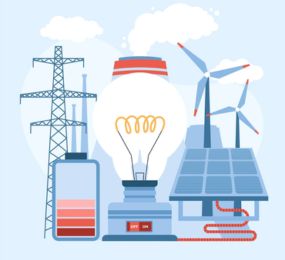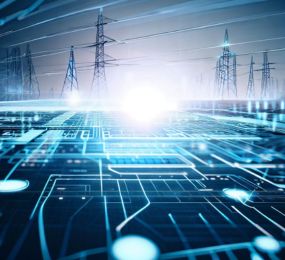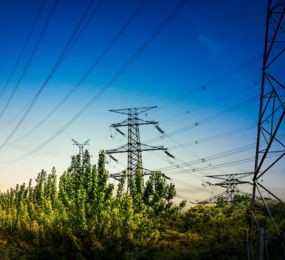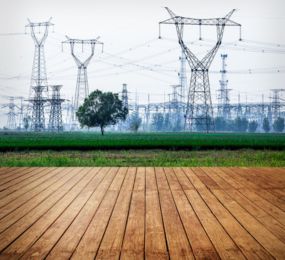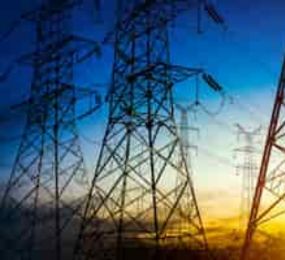The circular economy transforms the power grid sector by promoting resource efficiency, waste reduction, and sustainable energy practices. Embracing the principles of a circular economy within power grids can lead to more resilient and environmentally friendly energy systems.
Resource Efficiency and Reuse:
The circular economy emphasizes the efficient use of resources and the reuse of materials. Power grid infrastructure, including transmission lines, transformers, and other equipment, can be designed for longer lifespans and easy disassembly. This approach ensures that materials can be reused or recycled at the end of their life, reducing the demand for new resources and minimizing waste.
Renewable Energy Integration:
Sustainable practices within power grids also involve integrating renewable energy sources such as wind, solar, and hydropower. These clean energy sources contribute to a circular economy by reducing reliance on finite fossil fuels and minimizing greenhouse gas emissions. Digital technologies and smart grid systems facilitate the seamless integration and management of renewable energy, enhancing overall grid sustainability.
Energy Storage Solutions:
Energy storage is a critical component of a sustainable power grid. Advanced batteries and other storage technologies allow for the efficient capture and redistribution of excess energy generated from renewable sources. By storing energy during periods of low demand and releasing it during peak times, energy storage systems help balance supply and demand, reduce waste, and improve grid reliability.
Waste Reduction and Recycling:
Implementing sustainable practices in power grids includes reducing waste and promoting recycling. For instance, decommissioned grid components can be recycled to recover valuable materials. Additionally, grid operators can adopt circular practices by refurbishing and repurposing old equipment, thereby extending its useful life and minimizing environmental impact.
Digitalization and Smart Grids:
Digitalization plays a crucial role in enabling the circular economy within power grids. Smart grids equipped with advanced sensors, data analytics, and real-time monitoring systems optimize energy distribution and consumption. These technologies enhance grid efficiency, reduce energy losses, and support the integration of sustainable practices.
Community Engagement and Education:
Promoting a circular economy in power grids involves engaging and educating communities about sustainable energy practices. Public awareness campaigns and educational programs can empower consumers to participate in energy-saving initiatives, adopt renewable energy solutions, and support recycling efforts.
By integrating the principles of the circular economy, power grids can become more sustainable, resilient, and resource-efficient. These practices not only contribute to environmental preservation but also pave the way for a sustainable energy future.
Visit our website to register and secure your spot today! click here: https://bit.ly/3peklYc
For more information and group participation, contact us: [email protected]


